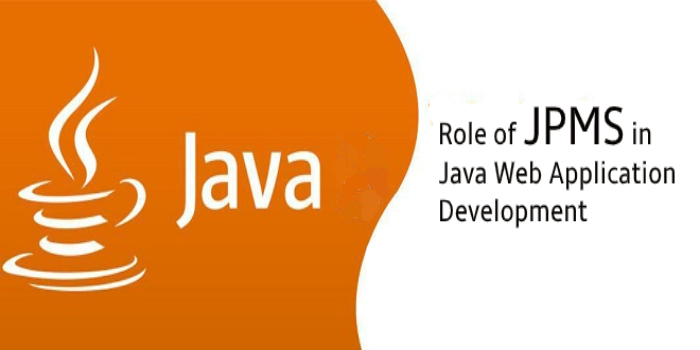
What is the role of JPMS in the Java Web Application Development?
JPMS has brought a complete change to the Java libraries, language, and runtime. This overall means that it affects the complete stack that developers code on a regular basis and with JPMS could have a big impact. The key concept to know here is that JPMS adds a new concept to the JVM modules. Earlier the code was managed into fields, methods, classes, interfaces and packages. But with Java SE 9 there is a new concept named modules.
• Class is a container of fields and methods
• Package is a container of classes and interfaces
• Module is a container of packages
Since it is a new JVM element, the runtime can implement strong access control. With Java 8, a major challenge for Java Development Company was a class that cannot be seen by other classes when declared private. With Java 9, a developer can hide a package within a module.
What is a Module?
Modularity offers a higher level of aggregation. This new language element has a unique name, reusable group of related packages, resources like images, and XML files. A module descriptor specifies the following:
• name
• dependencies (that is, other modules this module depends on)
• packages it explicitly makes available to other modules
• services it offers
• services it consumes
Why Java needs modules?
JPMS is the result of the project Jigsaw, which was started with the following objectives:
• Make it simpler for the developers to manage large apps and libraries
• Enhance the structure and security of the platform
• Improve overall app performance
• Handle breakdown of the platform for smaller gadgets
It’s important to note here that the JPMS is a SE feature, and affects every aspect of Enterprise application in Java from the starting stage. The change is properly designed to ensure most code to perform without modification when switching from Java 8 to Java 9.
How to Build a Modular Java Project?
To build a module following listings mentioned below are need to be added:
Listing 1: com.javaworld.mod1/module-info.java
module com.javaworld.mod1 {
exports com.javaworld.package1;
}
Here the module and the package it exports have different names. We are defining a module that simply exports a package.
Listing 2: Name.java
package com.javaworld.package1;
public class Name {
public String getIt() {
return "Java World";
}
}
It will become a class, package, and module upon which development of web application depend.
Listing 3: com.javaworld.mod2/module-info.java
module com.javaworld.mod2 {
requires com.javaworld.mod1;
}
This listing is pretty self-explanatory. It defines com.javaworld.mod2 module and requires com.javaworld.mod1.
Listing 4: Hello.java
package com.javaworld.package2;
import com.javaworld.package1.Name;
public class Hello {
public static void main(String[] args) {
Name name = new Name();
System.out.println("Hello " + name.getIt());
}
}
Here, we start by defining the package, then importing the com.javawolrd.package1.Name class. Remember that these elements function the way they always do. The modules have changed how the packages are made available at the file structure level, not the code level.
Frequently Asked Questions

1. What is the use of a module in Java?
A Java Module is a mechanism to package up your Java application and Java packages into Java modules. A Java module can specify which of the Java packages it contains that should be visible to other Java modules using this module. A Java module must also specify which other Java module is required to do its job.
2. How do I use Java 9 modules?
Java 9 Module – Create and use modules in Eclipse IDE
• Creating a Java Project. We are creating a java project in Eclipse IDE.
• Create a module-info.
• Create a package and a class.
• Export the package that we have created.
• Let’s create another module.
• Let’s create a class in the second module.
• Final Step.
3. How do modules work?
Modules are used to organize content in an organized manner. Modules essentially create a one-directional linear flow of what application should do. Each module can contain files, packages in an engaged manner.
4. What is abstraction in Java?
Data abstraction is the process of hiding certain details and showing only essential information to the user. Abstraction can be achieved with either abstract classes or interfaces.
5. What is the use of Eclipse IDE?
In the context of computing, Eclipse is an integrated development environment (IDE) for developing applications using the Java programming language and other programming languages such as C/C++, Python, PERL, Ruby etc.
Wrapping Up:
JPMS is a remarkable sweeping change and it will take time to implement. You don’t have to rush, since old versions of Java have a long-term support release. But, in the long run, older projects will need to hire Java developers to migrate, and new ones will require using modules intelligently, hopefully capitalizing on some of the major benefits. Make sure you avail expertise from a reputed development agency having years of expertise in the Java web application development. This requires investment but will bring remarkable results for your business.

